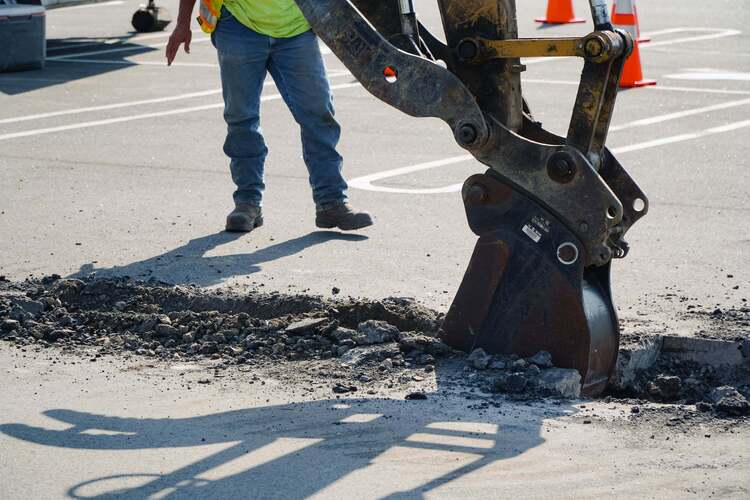Our roadways are the backbone of our society. Without proper road infrastructure, nearly every industry in this nation would falter. Road construction projects involve the participation of many skilled laborers, planners and managers across all divisions of the workforce. Many steps must be taken to ensure that a road construction project is not only completed, but it is completed under the highest of quality standards. These are the 8 general steps that must be followed when undertaking a road construction project.
1. Preliminary planning
Any new road construction must undergo a serious amount of planning and consideration before even a single load of asphalt hits the ground. The planning stage of the road construction process usually involves a project concept determination, identification of funding, and preliminary engineering. In this stage of the road’s construction planners or other stakeholders must establish the need for such a project so that the budget can be devised and the funding is sourced. Only then can the ball get rolling on the actual design of the road itself.
2. Demolition and Removal
Before any part of the new road can be laid out, the existing road or other obstructions must be removed, demolished, and cleaned out to make way for the new construction.

3. Ground leveling
The ground must then be leveled to achieve the desired slopes and evenness.
4. The sub base is layed out
This layer provides a stable surface that is capable of supporting the new pavement. It also acts as a frost barrier, preventing cold ground temperatures from coming into contact directly. Otherwise, the asphalt could damage from freezing and thawing.
5. The binder layer is poured on
In this stage, large aggregate material is mixed with oil to make a strong and durable binder layer that will provide the necessary structure for the asphalt layer.
6. The asphalt is applied
This can be thought of as the final layer of the road, the asphalt layer gives a road its smooth and clean finish. This asphalt is made up of small aggregate, sand and oil.

7. Transitions are made between the new road and existing roads
Transition ways must be constructed between the new road construction and all of its connecting roads, parking lots and driveways. These transitions can be tricky, but they are important. Unnecessary bumps between the newly constructed road and existing roadways can prove hazardous if enough care is not taken during this stage.
8. The final role
Finally, after all other construction efforts have been finalized, a final roll is made across the entirety of the roadway. This step is intended to compact and smooth out any pieces of aggregate that may be jutting out from the blacktop. This stage ensures that the newly paved road is as smooth as possible.
Again, this is just a brief overview of the steps that are taken during road construction.
For more information, or if you are in need of high quality asphalt and paving services, call Redstone today!


Recent Comments